
views
Choosing the Right Foods
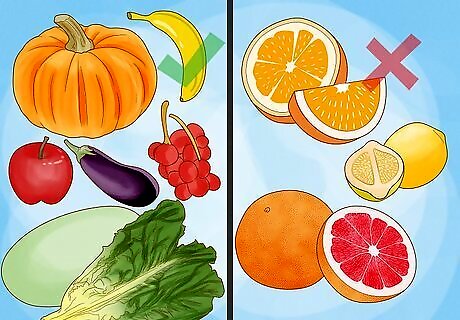
Feed your worms fruit and vegetable scraps. Worms will enjoy a variety of fruits and veggies, like bananas, pumpkin, apples, lettuces, eggplant, berries, squash, and greens. However, you should avoid feeding citrus fruits, including oranges, limes, lemons, and grapefruits, to your worms. You can also add scraps from your juicer, as long as it doesn’t contain citrus fruits.
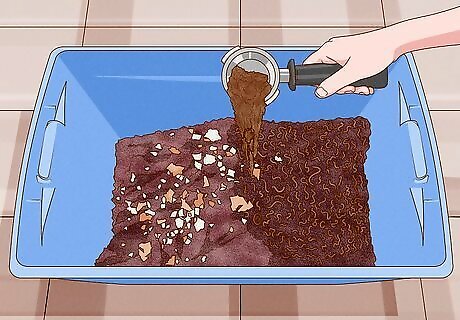
Add eggshells and coffee grounds to the worm bin. Coffee grounds are a great addition to a worm bin as they are full of nitrogen and have a neutral pH. Egg shells are also quite beneficial as they provide calcium for your worms. Just make sure the eggshells are free of fats, like cooking oil or butter, before feeding them to your worms.
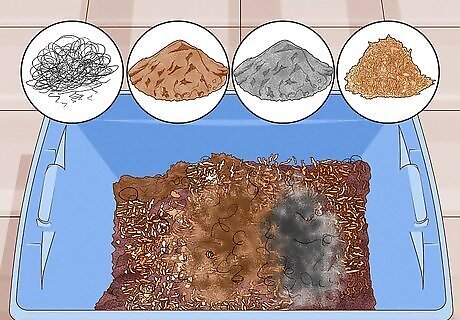
Include hair, dust, wood ash, and sawdust. Pet and human hair, in addition to dust, like that which collects in a vacuum cleaner, can also be added to the worm bin. You can include wood ash, such as from a fireplace or smoker, as well as sawdust (from untreated wood), too.<
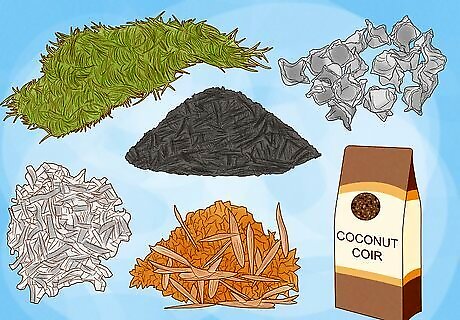
Provide organic matter for bedding. Leaves, grass clippings, black peat, and coconut coir, in addition to shredded egg cartons, paper, tissues, paper towels, and cardboard are examples of good organic bedding choices that will break down and serve as a food source for your worms. Be sure to soak cardboard and paper in water before adding it to the worm bin to kickstart the breakdown process.
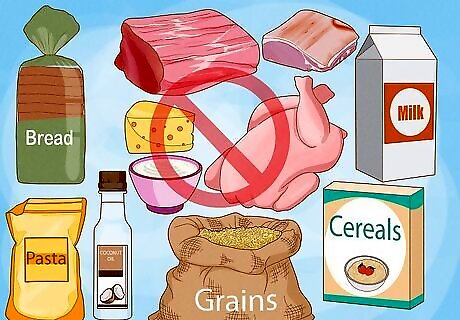
Avoid feeding worms meat, grains, dairy, and oils. Meat, including beef, pork, and chicken, or bones, as well as dairy products, like milk, cheese, and yogurt, are not suitable worm foods. Grains, such as bread, cereal, and pasta, should not be fed to worms, either. In addition, oils, like olive or coconut oil and oil-based dressings, don’t make good food for worms.
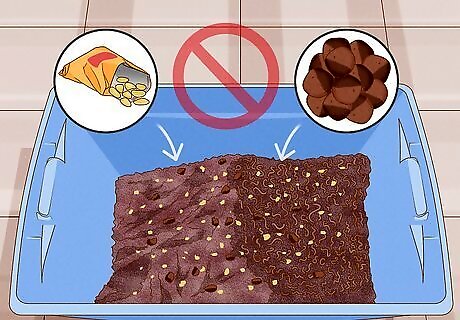
Don’t offer salty or spicy foods, or foods with preservatives. Foods with preservatives, such as packaged snacks and desserts (like chips and cookies), are not good for your worms. Beverages containing preservatives, including soda, should not be added to the worm bin, either. Salty and spicy foods, like french fries, pretzels, nuts, peppers, onions, chiles, and garlic, should also be avoided.
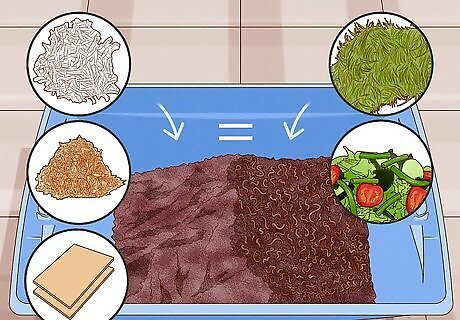
Provide an equal amount of green and brown foods. Both types of food are important for worms. Green food, like lawn or food scraps, is high in nitrogen while brown food, like paper, cardboard, and sawdust, contains plenty of carbon. Give equal amounts of these foods.
Feeding Worms Correctly
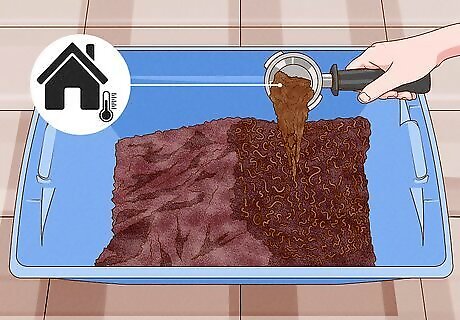
Feed room-temperature food to your worms. You may choose to freeze or microwave scraps to help them break down faster. However, you should allow these foods to warm or cool to room temperature before feeding them to your worms.
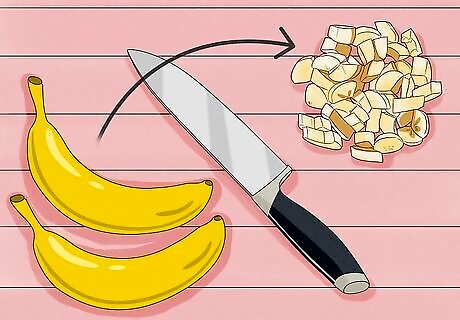
Cut food into small scraps. The more surface area exposed to bacteria, the more quickly your food items will break down. You can even combine your scraps and blend them in a blender to create a slurry. Avoid tossing large chunks of food (like a half or whole pumpkin) into the worm bin.
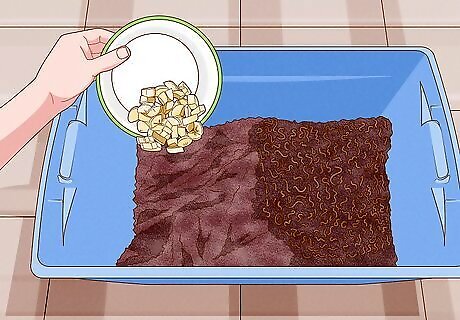
Place the food in the worm bin. Once your food or scraps are ready to be added to the worm bin, remove the newspaper or burlap covering. Place the food on the feeding tray or in the bin, but avoid burying it in the worm castings. Try to place the food in a different area each time you feed your worms.
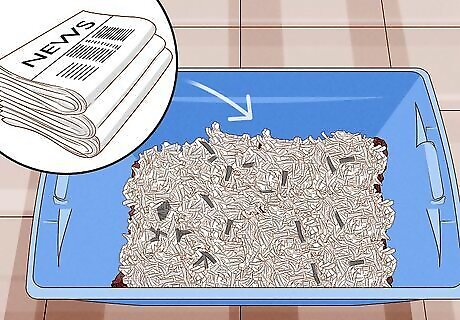
Cover the food with shredded newspaper. Shredded newspaper, or burlap, should cover the food at all times. It keeps the bin dark and moist, which discourages fruit flies. Always replace the covering after feeding your worms, and add new materials if the top layer starts to break down or become mushy.
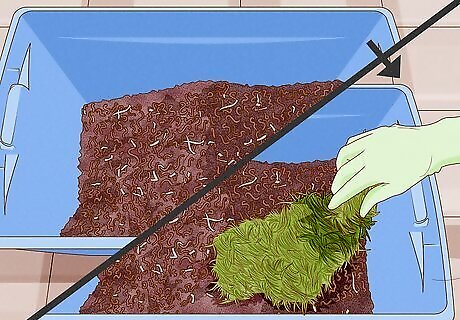
Feed your worms once their last meal is nearly gone. There isn’t a set feeding schedule for worms, so you’ll need to pay attention to how much they eat and how quickly. Check the worm bin each day and figure out how many days it takes them to eat the food you provide. When nearly all of the food is gone, give your worms more food. However, if there is food remaining in the bin and the worms aren’t eating it, avoid adding more food until the previous scraps are gone. The amount of food needed can vary from season to season, so be sure to observe your worms eating habits frequently. You can feed your worms smaller amounts more frequently, or large amounts less often, depending on your preferences.

















Comments
0 comment